Garden Designer Jay Sifford Is At Peace Among The Plants
At his uniquely personal mountain retreat, he escapes a restless world’s demands.
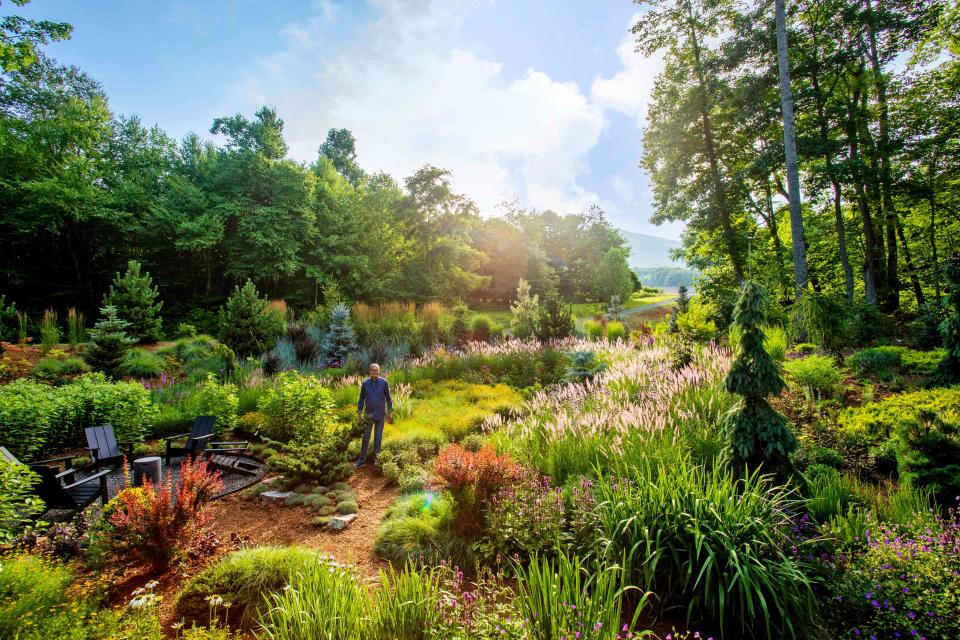
Erin Adams
Garden designer Jay Sifford in his magical meadow in West Jefferson, North CarolinaJay Sifford freely admits his faults: He wears purple shoes, binge-listens to Cher, and had an epiphany regarding his design career while watching Mary Poppins. For landscape accents, he erects soaring violet and blue glass spears that could easily take down a charging ostrich. Most disturbingly, he loathes garden gnomes. But we forgive him because not only is he thoughtful and original, but he also fashions enticing outdoor spaces with plants, sculptures, and structures that linger in our minds. Headquartered in Davidson, North Carolina, Sifford makes the hour-and-a-half drive to his mountain home in West Jefferson as often as possible. He named his sanctuary “Rhodwood” for the massive, 30-foot-tall native rosebay rhododendrons (Rhododendron maximum) that frame the back of the house. Rather than the quotidian log cabin you might expect to see in these parts, the dwelling is a dogtrot house, an architectural style associated with Appalachia in which a central breezeway (ideal for a snoozing hound) separates the kitchen and dining areas from the bedrooms. Sifford painted the house black so it recedes from focus in the summer and gives the garden center stage. When plants are dormant in winter, the structure shines. Here, he shares a few of his tricks.
Embrace The Pollinators
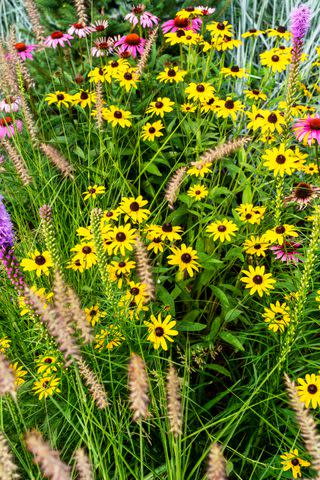
Erin Adams
Nothing lightens a somber mood better than clouds of butterflies dining on nectar-rich blossoms. These are Sifford’s top five picks for pollinators: spike blazing star, purpletop verbena, mountain mint (Pycnanthemum muticum), joe-pye weed (Eutrochium purpureum), and ‘Caradonna’ violet sage (Salvia nemorosa ‘Caradonna’).
Know When To Use Camouflage
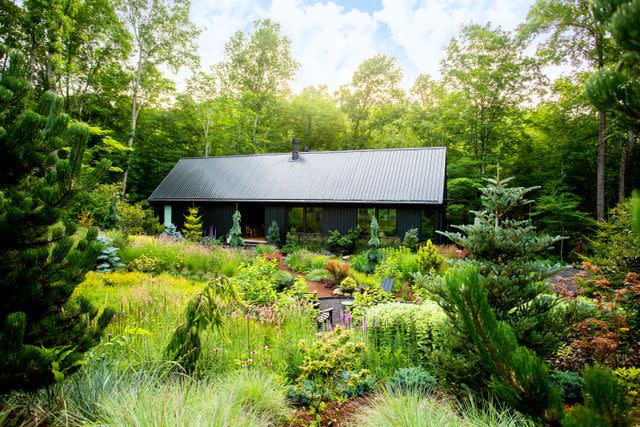
Erin Adams
“Welcome to my flowering septic field!” is a greeting seldom heard elsewhere. But here, a stream and two bogs at the foot of the rhododendrons meant that the home’s septic field could not go in the backyard. Instead, it was placed between the house and the road in front. Sifford removed as few existing trees as possible, built a berm by the road for privacy, and then installed a “stylized meadow” over the field that’s composed of shallow-rooted perennials, ornamental grasses, wildflowers, ground covers, and shrubs. In its center, there’s a circular seating area bordered by an amphitheater of swaying plumes and blossoms, contrasting coarse and slender leaves, dwarf and weeping conifers, and legions of butterflies and bumblebees. It’s the perfect place for a glass of wine.
Grow A Natural Wonderland
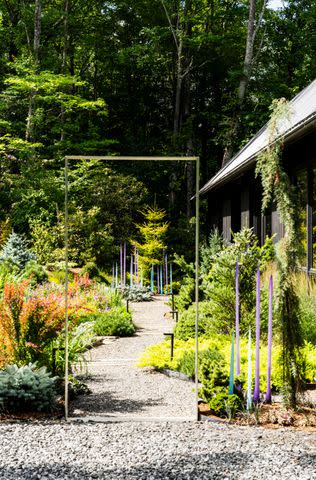
Erin Adams
“My goal was to create an immersive space set apart from the world at large,” he explains. “The choreographed, Technicolor experience is sensory and sensual, refreshing your mind and spirit. It’s a place to both find and lose yourself.” As visitors wind slowly along the paths and pass blue, purple, yellow, pink, burgundy, white, and biscuit brown plants that are ankle to chest high, they forget their troubles—immediate and distant— and replace them with colors, sounds, touches, and smells.
Mater The Wave
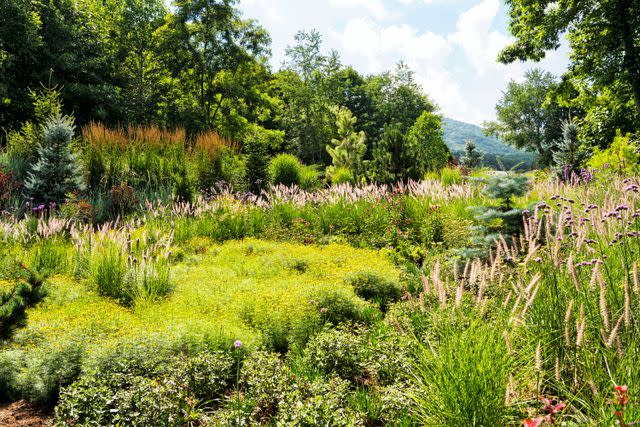
Erin Adams
Admittedly, this level of design may be overwhelming to some. Sifford uses many unfamiliar plants, yet the principles he follows can be adapted to simpler gardens—whether urban, suburban, or rural. For example, plan for waves of colors that progress through the seasons. He seldom employs static annuals, opting for long-blooming perennials that grow showier each year like ‘Rozanne’ geranium, ‘Firewitch’ Cheddar pink (Dianthus gratianopolitanus ‘Firewitch’), purpletop verbena (Verbena bonariensis), echinacea, Stokes’ aster (Stokesia laevis), and ‘Zagreb’ threadleaf coreopsis (Coreopsis verticillata ‘Zagreb’).
Discover Poetry In Motion
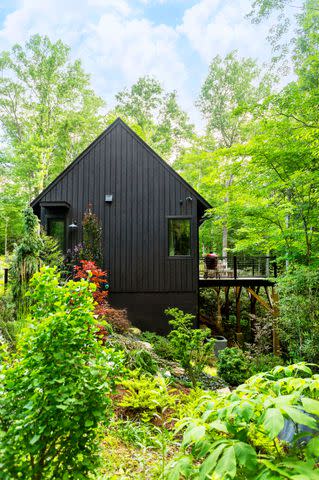
Erin Adams
“The movement of grasses as they ripple in the wind is almost hypnotic,” Sifford notes. Many provide colorful plumes and foliage too. Favorites include ‘Karley Rose’ Oriental fountain grass (Pennisetum orientale ‘Karley Rose’), ‘Karl Foerster’ feather reed grass (Calamagrostis x acutiflora ‘Karl Foerster’), and ‘Shenandoah’ switchgrass (Panicum virgatum ‘Shenandoah’).
For more Southern Living news, make sure to sign up for our newsletter!
Read the original article on Southern Living.

